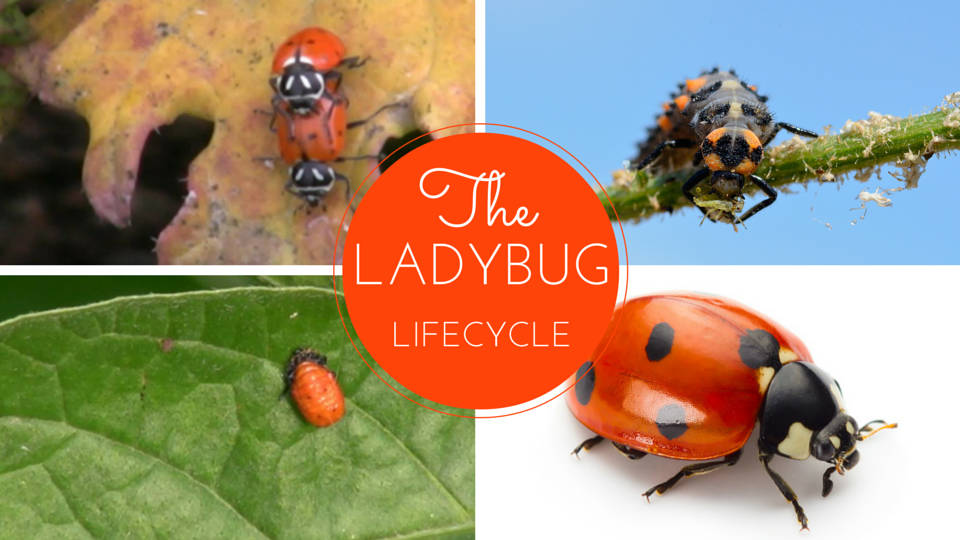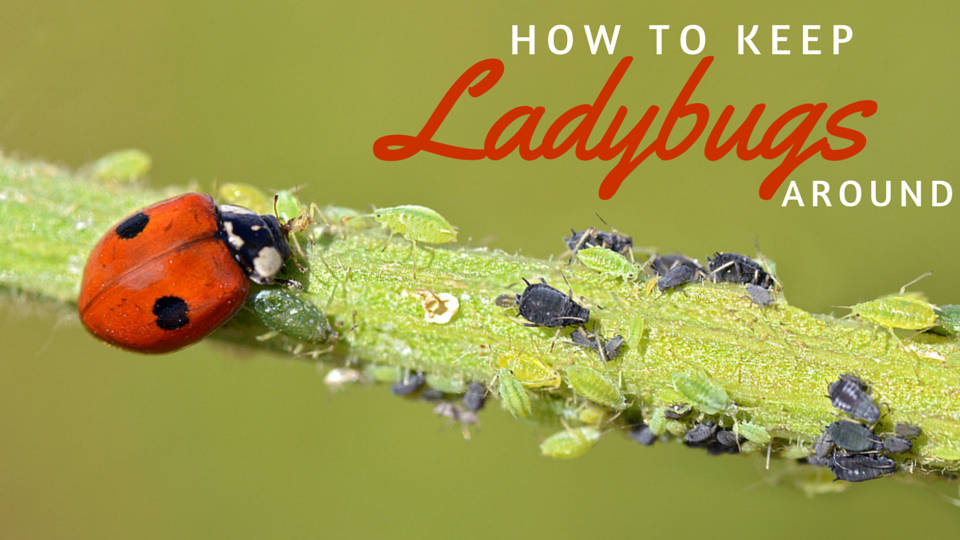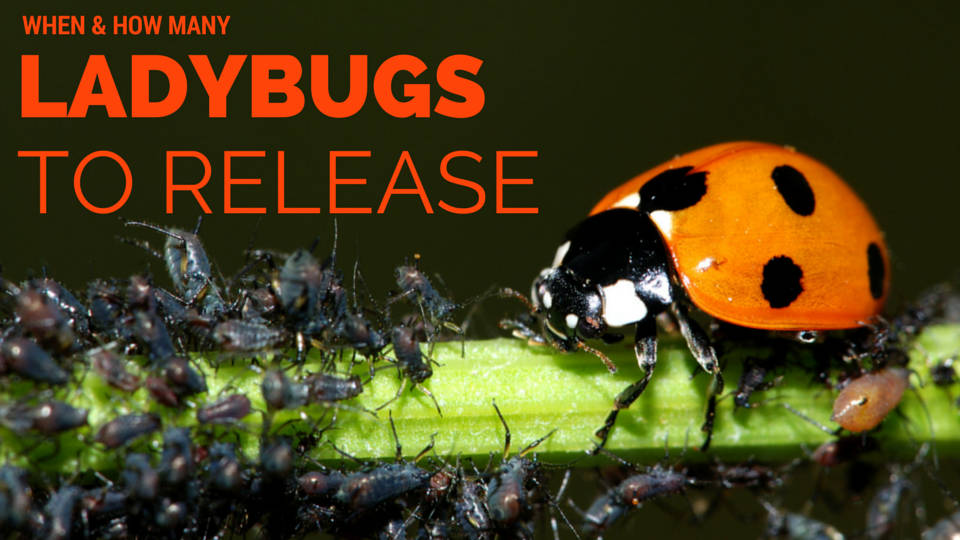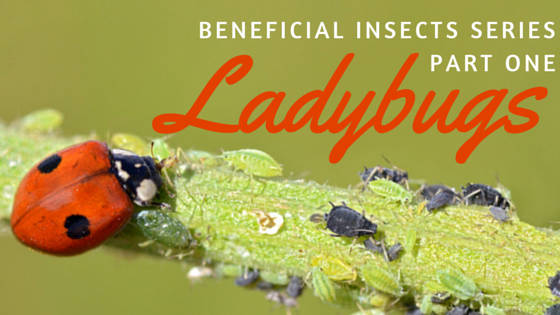Ladybug aphid control maintains the health of our high performance garden systems. The first characteristic of a high performance garden is that it is in harmony with nature. When we use pest control methods that do not rely on chemical pesticides we keep our gardens in harmony with nature and maintain our organic produce.
In this first episode of the Beneficial Insects Series we will learn:
- the ladybug life cycle
- how to keep ladybugs around
- and when and how many to release.
Are you ready to save your garden from the invasion of aphids? Watch our training video to get started!
Ladybug aphid control can be simple when you understand ladybugs and what they need to live healthy lives in your garden! Please share in the comments below or via email your ladybug adventures. Stay tuned for next weeks beneficial insect training video. This little known aphid predator is quite the charmer!

The Ladybug Lifecycle
Common Name: Ladybug or Lady Beetle
Scientific Name: Hippodamia Convergens
Region: 5,000+ species worldwide (500 can be found in the United States)
Feeding Habits Ladybugs will not eat any green vegetation.The ladybug will eat more than just aphids it will also eat these soft bodied pests: Scale, Alfalfa Weevil, Armyworm, Asparagus Beetle larva, bean beetle larva, Mexican Bean Beetle Larva, Thrips, Colorado Potato Beetle Larva, Leafhoppers, Mites, Caterpillar Eggs, Mealybug, Whitefly and many other soft bodied insects and eggs that reside above the soil. In it’s adult stage the ladybug will eat aphids and in many cases pollen. In one ladybugs lifetime they can eat up to 5,000 aphids.
Lifecycle
The ladybug goes through 4 cycles in their life. They start out as eggs and then hatch into their larva stage. In this stage they can eat about 400 aphids before the pupal stage. After the pupa stage they emerge as the adult ladybug we know and love. The first three stages range in length from 7-21 days depending on food supply and the weather. The mature ladybug stage can last between 3-9 months depending on weather, length of hibernation, food supplies and predators.

How to Keep Ladybugs Around
Your ladybugs will need access to pollen in their adult stage. If you have some blooming plants in your garden you will find that you will have a better chance of having the ladybugs stay around. Their favorite flowers are: fennel, dill, cilantro, caraway, angelica, tansy, wild carrot, yarrow, cosmos, coreopsis, scented geraniums, sunflowers and dandelions. The adults can survive on pollen and nectar for limited periods of time but a supply of aphids or other prey is necessary for egg production.
Ladybugs are incredibly sensitive to pesticides. If you are patrolling your gardens with beneficial insects and you keep the organic and non organic pesticides away your ladybugs will love to stay and help in the garden.

When Should I Release & How Many Should I Release?
You should always be on the lookout for aphids anywhere in your yard. The first aphids you see will generally be during the spring when the temperature is about 70 degrees in the afternoon. AS soon as you see any aphids go and order your first ladybugs. You will want to order about 2 ladybugs for each square foot when you do order them. Order enough for your entire backyard and not just your garden. They have a big job!
We love our ladybugs in our gardens not only because they keep the aphid population down. They also are great to show visiting kids when they come and tour our greenhouses. We used to have troubles with visiting children taking our greenhouse plant tags from the planters. We now have signs up encouraging the kids to look for ladybugs and not the greenhouse plant tags. It is such a joy to share these little bugs with them as well as keep our plants well marked!
Now that you know how to use ladybugs for aphid control now you are ready for next week to learn about another beneficial insect that loves eating aphids! Are you ready to switch your garden to a high performance garden system? Make sure to look at the completely online courses that will guide you to develop your high performance garden in one season. May your garden season be full of successes!
Lynn Gillespie
Email me any ladybug or other beneficial insect questions. There is never a reason to go against nature’s natural systems.








